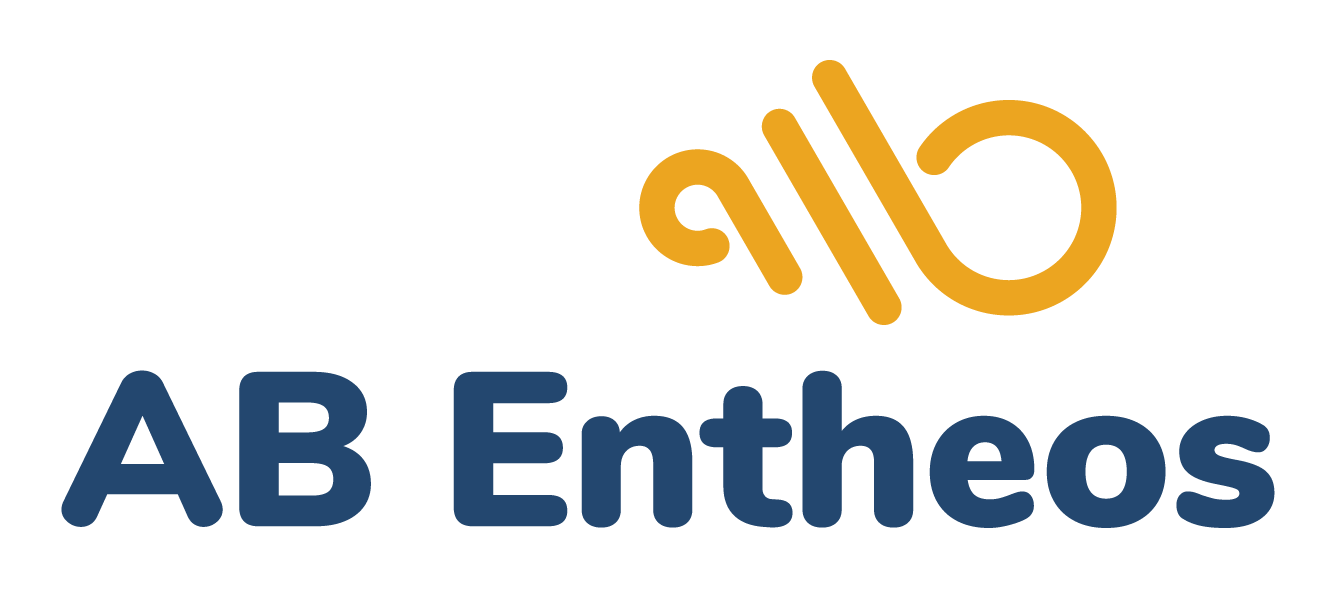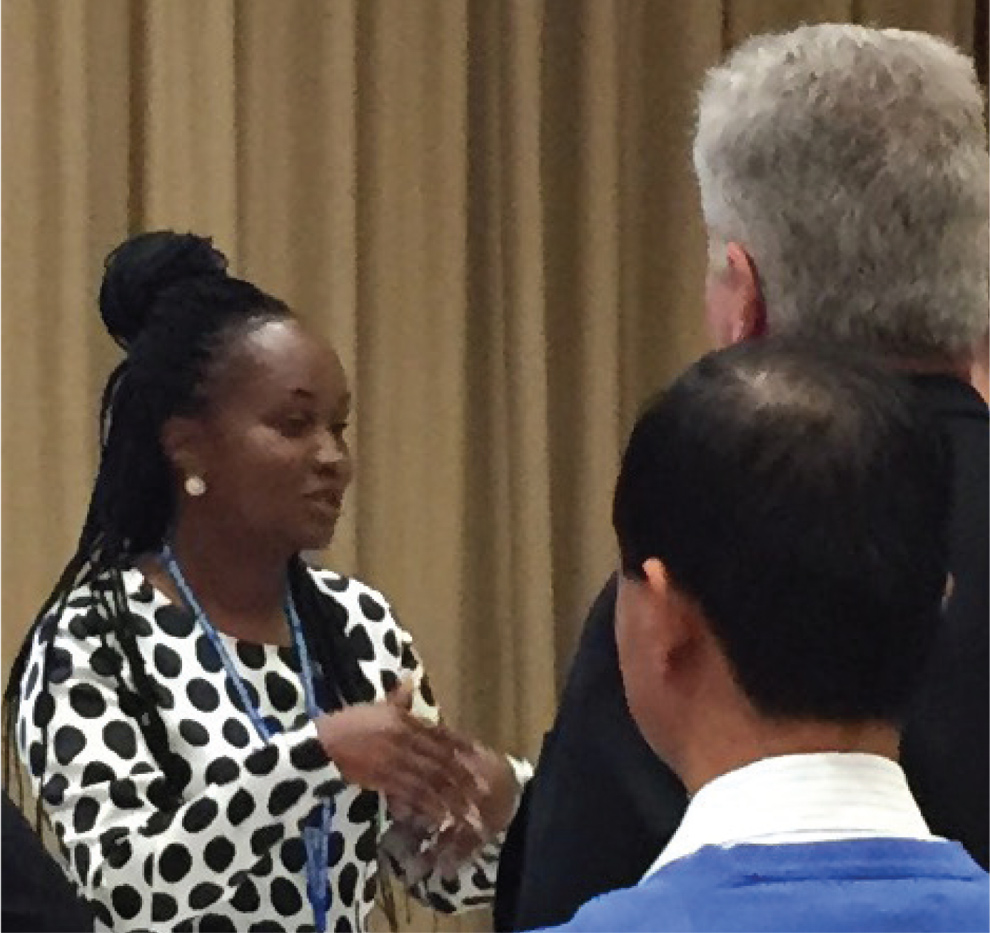A Portrait of the CAS Microinsurance Working Party
As actuaries know, the numbers often tell the story. This story starts with 12 risk professionals from seven countries spread over four continents. In the course of one year, the team tackled the emerging field of microinsurance, the creation of insurance for low-income people. They came up with a few answers, a lot more questions, and a potential road map for CAS members to follow in future investigations. Along the way, they learned a lot about what makes a working party tick.
The CAS Microinsurance Working Party officially kicked off in the fall of 2016. But the seed for the group was planted several years earlier, when Jim Weiss, FCAS, CSPA, director of analytic solutions at ISO (Verisk Analytics) attended a CAS webinar where William Collins, ACAS, spoke. “The presenter really had to build insurance programs from scratch,” explains Weiss, “as opposed to just keeping a machine that someone else built running. The fact that you’re having a direct impact on people’s lives through this work is what made me think that microinsurance is a pretty cool thing.”
Weiss started looking for CAS research on the topic, but “I found there wasn’t … a lot of literature, or documented thought processes,” he said. With the idea of starting a working party, Weiss recruited Scott Swanay, FCAS, whom he’d met at a CAS meeting a year earlier. Swanay was then working with Blue Marble Microinsurance, launching a drought insurance program for corn farmers in Zimbabwe.
The team now had two people, and CAS staff put out a call for more volunteers by posting a notice on the CAS website. One actuary who was excited to see the invitation was Barbara Chabbaga, lead consultant at AB Consulting in Nairobi, Kenya. “Microinsurance is all we do,” she says. “The insurance penetration in Kenya is 2.9 percent. I feel the way that insurance can make a difference is when it’s accessible and makes sense. And in the Kenyan context, in the region … it has to be microinsurance. Because that’s what people can afford.”
Chabbaga has seen firsthand how products can be designed to help the people who, she says, need it most. She notes that in Kenya today, nearly anyone can easily take out a small loan using their mobile phone. But those loans create the need for insurance.
“Say you have a family. They’ve never had access to credit. They’ve never had access to insurance. They were just making ends meet with their two cows,” she says. “And then they’re told, ‘you can access a loan through your phone, and we’ll take your cows as security.’ And then imagine the breadwinner falls ill … and suddenly they have to pay back the loan. [They] go from making ends meet … to the one asset [they] have being taken away.”
Chabbaga also points out that in microinsurance, payment and distribution need to be tailored to the customer as well. “You can’t expect somebody who’s earning a daily wage or a weekly wage to pay an annual premium,” she says. “You wouldn’t expect the same person to walk into a massive skyscraper to buy their insurance product. They want it close to them, either on their phones, or though people that they trust, like the agrovets [store] where they buy their farm [supplies].”
Continue reading… https://ar.casact.org/volunteers-and-the-work-they-do/
Source: Actuarial Review CAS




